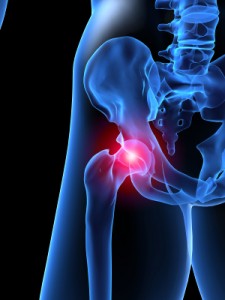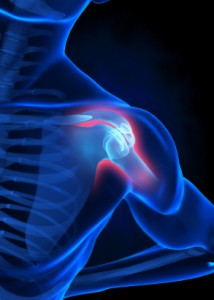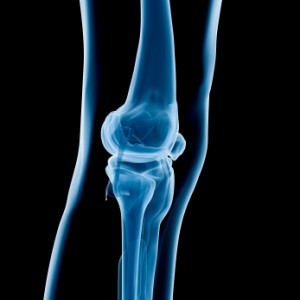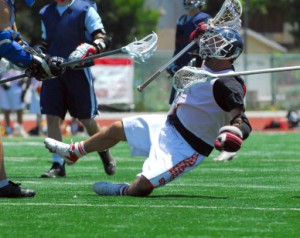
I know what you are thinking, I really do. How can a lack of knowledge EVER make you a better physiotherapist? You are thinking it can’t! Well, you are probably right. Probably. But I feel that there are some times that not knowing something, a diagnosis, the best interventions, the current research, whatever, can make you a better sports physiotherapist in the eyes of your athlete.

Femoroacetabular impingement (FAI) is, as the name suggests, an impingement or abutment of the chondro-labral structures between the femur and acetabulum. Whilst the diagnosis of femoroacetabular impingement has only recently gained attention, it is known that the presentation is more common in the athletic population. High activity athletes are at increased risk; particularly athletes who participate in sports which require them to frequently move into a position of internal rotation and flexion. This makes it an important diagnosis for the sports physiotherapist to be aware of current research and the best practice.

We truly live in a golden age. The wonderful world wide web provides the sports physiotherapist, or indeed any sport medicine practitioner, with significant amounts of relevant and cutting edge information. If you only know where to look you can find amazing amounts of information to guide clinical practice, improve decision making and ultimately enhance the outcomes of athletes. In this article I outline a few of the places that I get free, up to date, and interesting sports physiotherapy information.

Anterior shoulder dislocation is a common injury in an athletic population, particularly young males competing in contact sports. Anterior dislocation accounts for up to 96% of all shoulder dislocations (Goss 1988). This means, therefore, that the sports physiotherapist will encounter this condition with high frequency. Accordingly, we must be confident that the treatments and advice that we deliver to these athletes is evidence based. This article discusses the current evidence regarding surgical or conservative management for acute anterior shoulder dislocations.

This video taping technique tutorial is for a low grade/sprain medial collateral ligament injury. This is a really quick and simple method to provide some support to the injured structures. If you consider the PRICE management of acute soft tissue injuries – this is perfect to use in the protection phase.

As sports physiotherapists we assess, diagnose and rehabilitate a broad range of musculoskeletal conditions. Obviously we all see a myriad of conditions which are quite easy to diagnose and are quick to rehabilitate. This is the ideal situation for both the athlete and physiotherapist as the return to play timeframes are short. However, as we are all acutely aware, all sports injuries do not fit this category. In this article I discuss my three most hated sports injury diagnoses, in ascending order of hatred (yes – hatred).

Patellofemoral pain syndrome (PFPS) is a condition that sports physiotherapists rehabilitate on a common basis. The prevalence of the condition is higher in women, and in an athletic population. Therefore, it is essential that sports physiotherapists are aware of the most effective interventions for this condition. This article discusses new research regarding the short-term effect of hip strengthening on females with patellofemoral pain.

Your personal brand is how you choose to project yourself in public, and it is therefore how you are perceived. Whether you have considered this previously or not, we all have a personal brand. Defining and developing your personal brand can be a difficult process which requires thought and reflection, both of which will start here.

This post continues down the same theme as the article I wrote regarding return to play assessment for upper limb injuries. If you have not read this yet, I strongly recommend you read it first. Along the same vein, this article loosely outlines my sideline assessment for a lower limb injury. The process guides my decision making about an athlete’s ability to return to play. Of course, it also gives me information as to the likely quality of the performance the athlete will give upon return, which can help the coaching staff decide whether they will risk an “injured player”.



